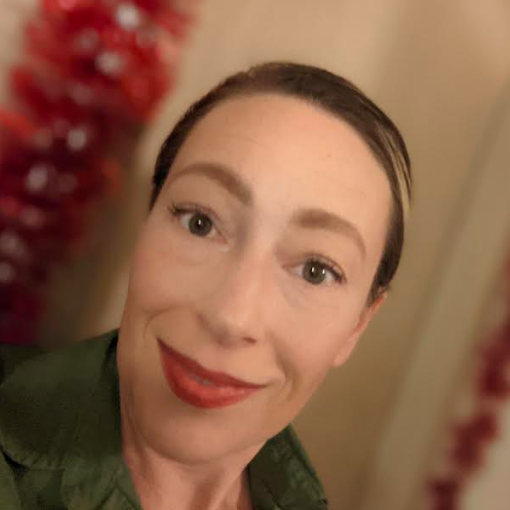
Saaba, Burkina Faso, summer 2020
According to a new study by Project Drawdown, the right climate mitigation tactics can also improve quality of life for the hundreds of millions of people who are living in extreme poverty in Africa and South Asia. This could be fantastic news for vulnerable populations who bear the brunt of multi-dimensional poverty, as well as the worst effects of climate change and climate-related disasters. That is, if financing can be secured to turn those suggestions into reality.
Half of the carbon dioxide pumped into the atmosphere in the past 170 years came from the economic activities of only 12 percent of the world’s population. Naturally, if the Global South followed that same route to industrialization, it would be catastrophic for the planet. Yet it is unreasonable and ineffective to expect people in Africa and South Asia to continue living in abject poverty as a form of climate mitigation in and of itself — especially considering that those countries that contribute the fewest greenhouse gases are suffering the worst consequences of climate change and are the least financially prepared to prevent and deal with those effects.
While economic development may appear to be at odds with attempts to eliminate extreme poverty, reduce greenhouse gases and limit climate change, there is no longer any need to see the two issues as competing for solutions or public attention. As Project Drawdown’s report states: “The world should not have to choose among human development, poverty eradication, climate mitigation, and climate adaptation; win-win solutions are at hand.”
One of the first steps in this process is to skip over carbon-intensive development and go straight to renewables. For example, in sub-Saharan Africa half of the population does not have electricity. This presents the opportunity for the implementation of renewable grids to begin with, instead of as an upgrade to dirty energy systems later on in the region’s socio-economic development. While implementation will be expensive, once renewable systems are in place, the energy produced is significantly cheaper than fossil fuels — a potential boon for countries looking toward increased manufacturing. In addition, the portability of solar power and its ability to produce power off-grid means functionality even in remote rural regions without pipelines or power lines to interrupt the biosphere. Not to mention portability will exponentially speed up the rate at which people in the region are able to access electricity.
The 28 solutions included in Project Drawdown’s report are those that demonstrated the most viability in regard to reducing poverty in addition to promoting equality, health, and well-being among rural and marginalized communities in Africa and South Asia. These are further categorized into groups with co-benefits listed on a factsheet for an easily accessible visual. For example, silvopasture, reduced food waste, and tree intercropping are some of the solutions included in the group’s suggestions for improving agriculture and agroforestry. The project lists the category’s direct benefits as food security, increased income from work, and improved water and sanitation. In addition, indirect benefits include improved health for the population, gender equality, education, energy consumption and housing.
The sum total of direct and indirect benefits is imperative considering that vulnerable populations are the most affected and, according to the report, “climate change already threatens decades of progress across multiple areas.” Investments in projects that simultaneously prevent the earth’s overall temperature from rising while lifting people out of poverty will go further than those that focus solely on one or the other. This is especially important for vulnerable populations such as women, children, the elderly, people with disabilities, and Indigenous and ethnic minorities, as they have access to fewer resources to cope with these changes on average. Add to that the economic and educational reversals that women and girls have experienced over the course of the pandemic — with 47 million more of them falling into extreme poverty since the outbreak of COVID-19 — and the need to take these sorts of synergistic actions to benefit both people and the climate becomes all the more obvious.
So far those countries responsible for the bulk of greenhouse gases in our atmosphere have not followed through on climate funds, minuscule as those pledges have been compared to what is needed. And yet, the cost of inaction will be astronomical. The global economy could tank, with an 11 percent to 14 percent worldwide downturn projected for the middle of the century.
The time for action is now. Project Drawdown’s report provides a blueprint for climate mitigation that promotes environmentally responsible development in Africa and South Asia while providing legitimate ways to reduce the effects of multi-dimensional and extreme poverty.
Image credit: YODA Adaman via Unsplash

Riya Anne Polcastro is an author, photographer and adventurer based out of Baja California Sur, México. She enjoys writing just about anything, from gritty fiction to business and environmental issues. She is especially interested in how sustainability can be harnessed to encourage economic and environmental equity between the Global South and North. One day she hopes to travel the world with nothing but a backpack and her trusty laptop.














